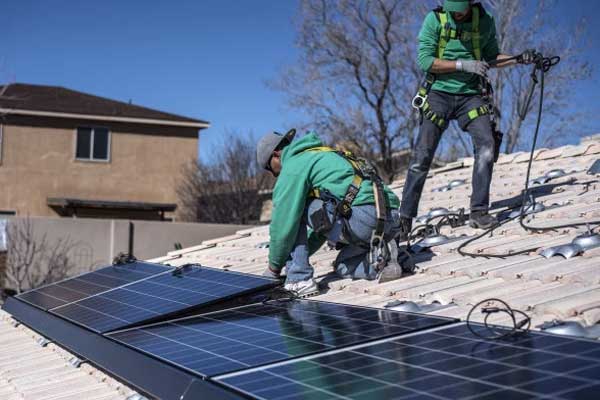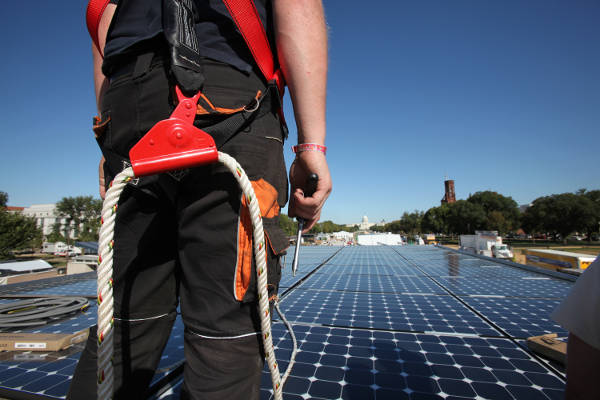Not long ago, rooftop solar adoption was an expression of one’s ability and willingness to pay for cleaner electricity and new technology. A lot has changed.
The price of solar has declined precipitously over the past decade. In many areas, customers can now adopt solar and earn a near-term return on their investment.
Nowadays, dollars and cents are about as likely as environmental concerns and tech-savviness to drive households to adopt solar. Despite the increasing practical benefits of rooftop solar, solar adoption in the U.S remains skewed toward the rich.
In the United States in 2018, households earning more than USD$200,000 per year were about 4 times more likely to adopt solar than households earning less than USD$50,000 per year. The benefits of rooftop solar are not being distributed equitably with respect to income—violating a core tenet of energy justice that certain populations do not receive disproportionate shares of the benefits of clean energy technologies.
Must it be this way? This is the question that motivated the research behind a new study that looks into the effectiveness of policies that address why low- and middle-income (LMI) households in the US are less likely to adopt rooftop solar photovoltaics (PV).
They find that “LMI-specific financial incentives, PV leasing and property-assessed financing have increased the diffusion of PV adoption among LMI households in existing markets and have driven more installations into previously underserved low-income communities”.
The authors conclude that these policies “could catalyze peer effects to increase PV adoption in low-income communities even among households that do not directly benefit from the interventions”.













Comments